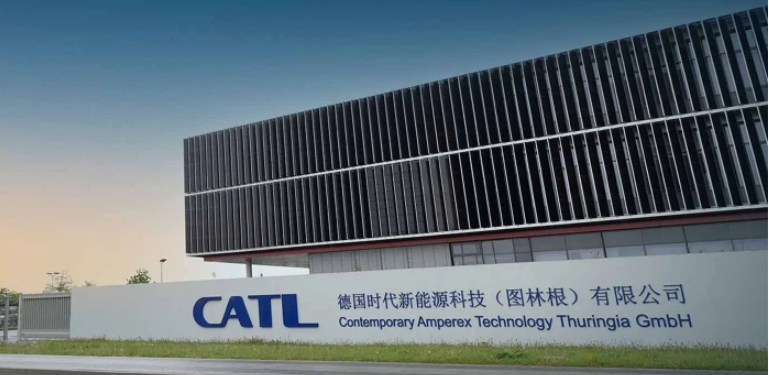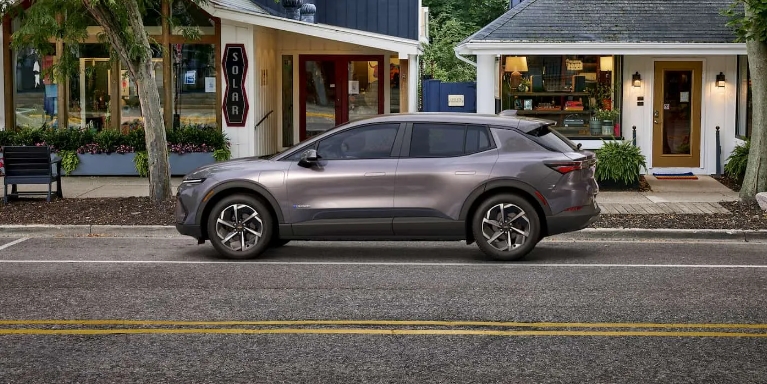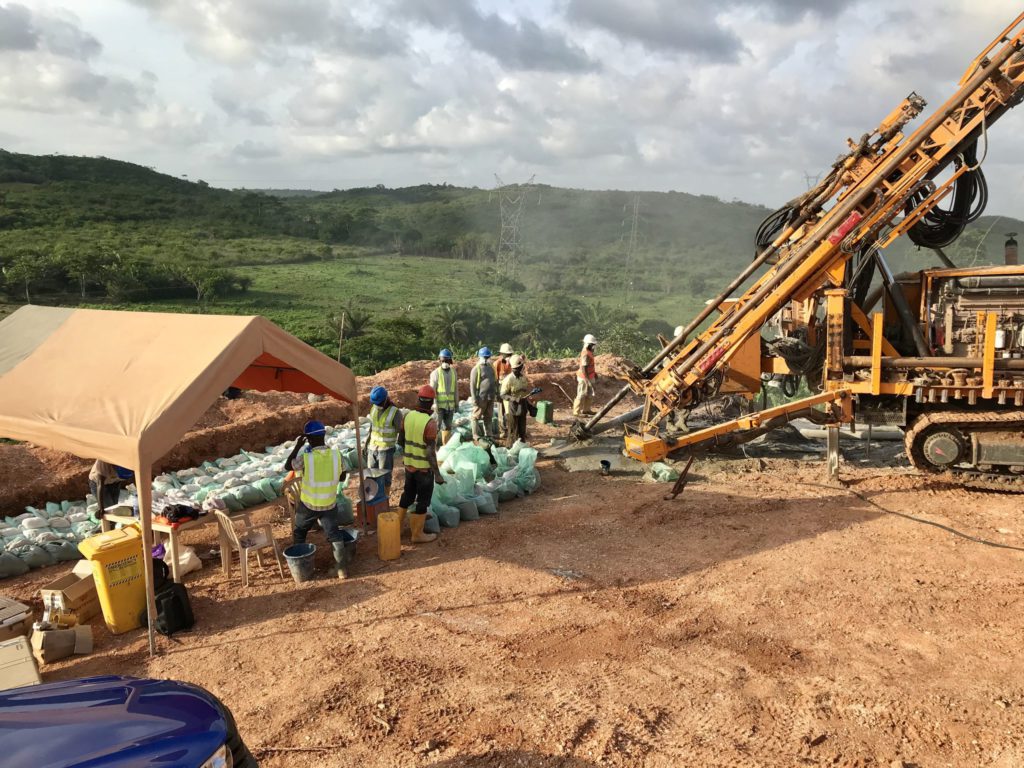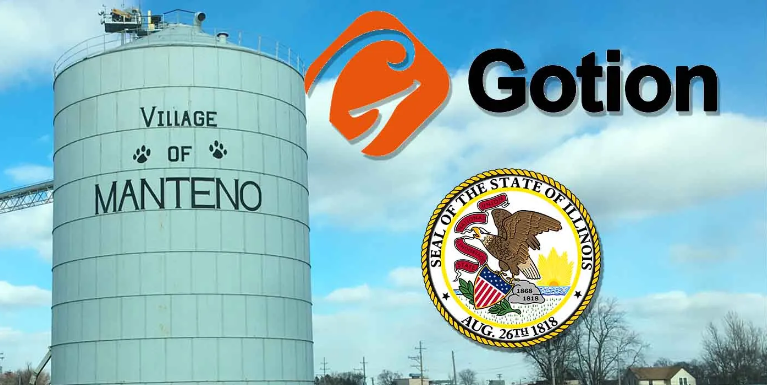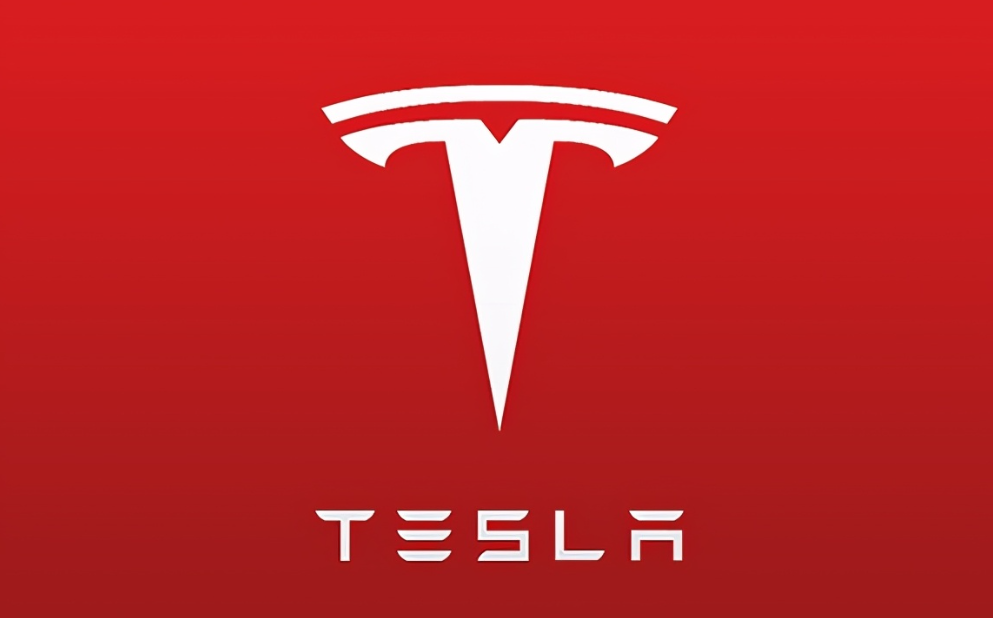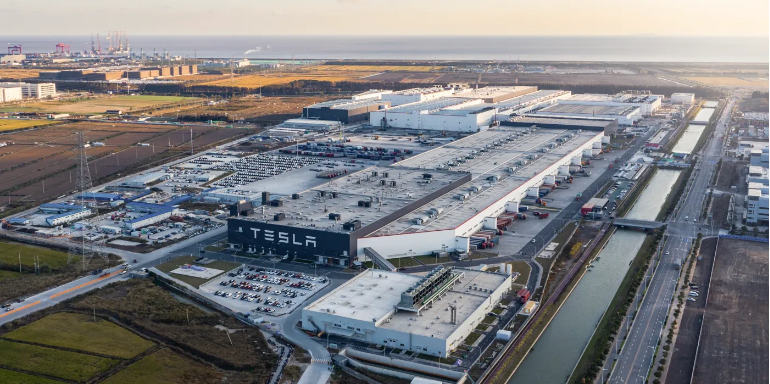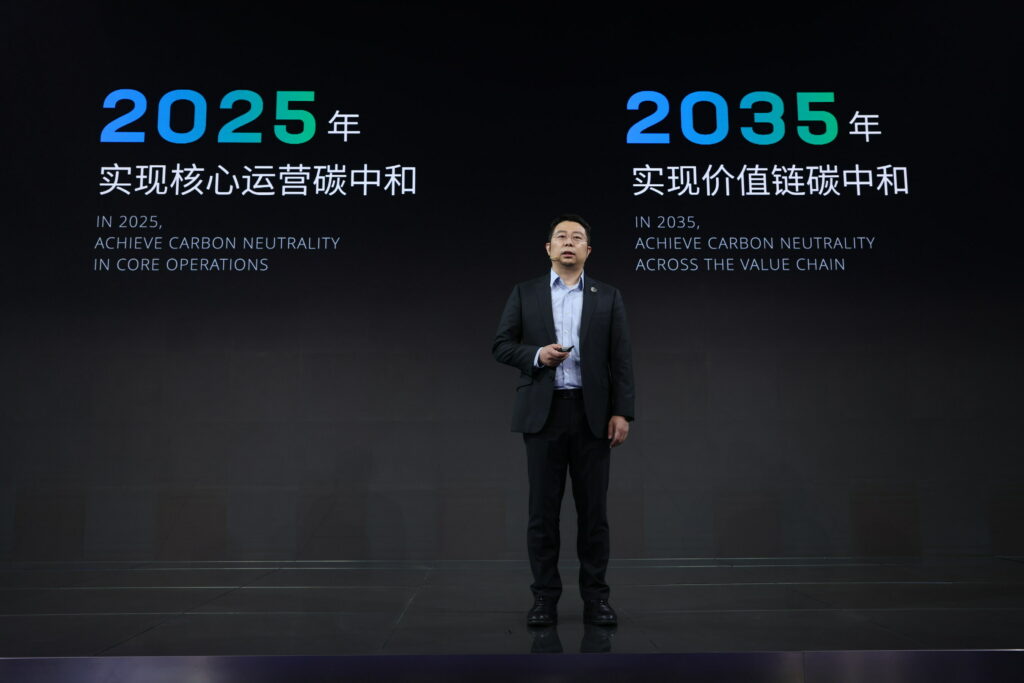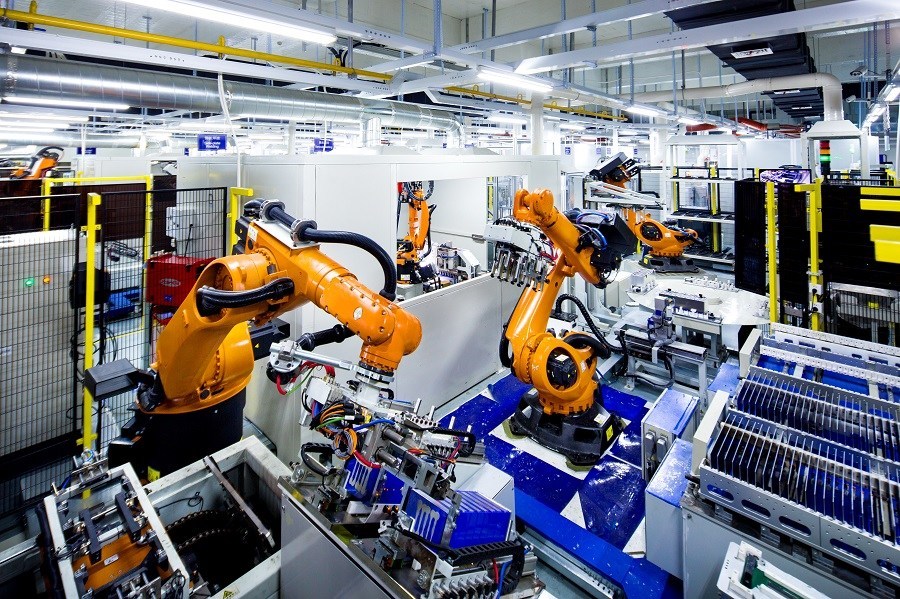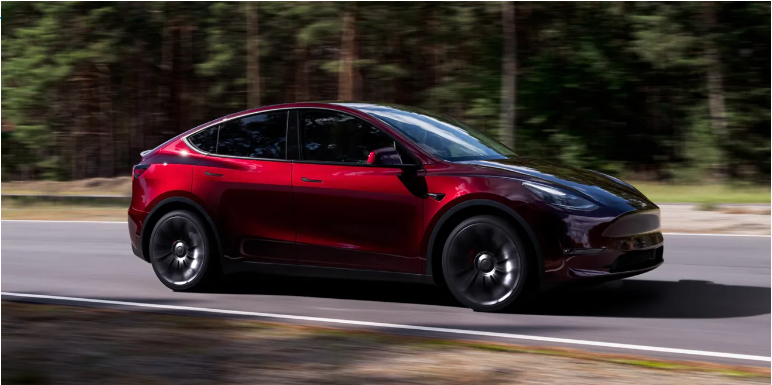
As we have recently reported, Tesla and BYD have developed into unlikely partners lately.
There was a time when they didn’t take each other very seriously; there’s an infamous interview in which Elon Musk literally laughs at BYD’s electric vehicles, but they have since both emerged as EV powerhouses.
While they were mainly seen as competitors, the two companies started getting cozy together last year as Tesla started to buy battery cells from BYD. Tesla is believed to be using BYD’s new “Blade battery,” which is an LFP cell packaged in a long blade-like format.
The new Model Y with these cells recently went into production at Gigafactory Berlin, and now the Tesla fans on the local German TFF forum are already finding some interesting differences.
The biggest one so far is the fact that the new BYD cells appear to maintain the peak charge rate for significantly longer:
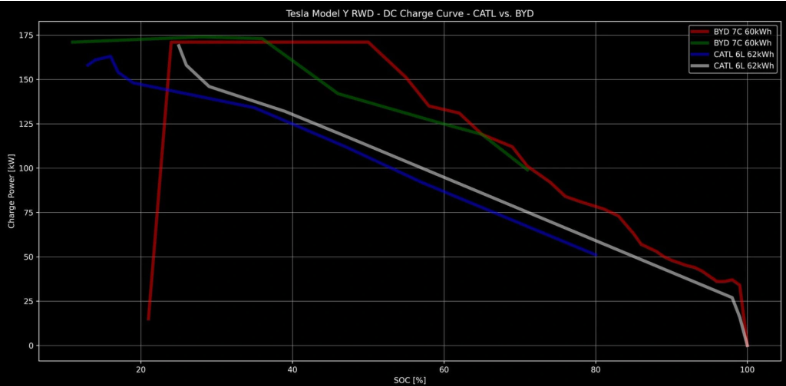
The Model Y with the new BYD cell has a similar top charge rate as the older Model Y with CATL LFP cells built at Giga Berlin.
However, the new cells appear to be able to maintain that charge rate – and overall a higher charge rate – through a higher state of charge. This should translate into a shorter overall charging session.
It’s important to note that many factors can affect a charging session – some of them have nothing to do with an electric vehicle, like the chargers themselves and the temperature.
Electrek’s Take
That’s an interesting early sign of better performance – it looks like it is able to maintain 170 kW through 50% state-of-charge and 100 kW at about 70% state-of-charge. It should bring you up to 80% in less than 30 minutes in most cases.
So that takes care of one of the original disadvantages of LFP cells. Now potential buyers might be looking for performance in the cold, which has also been a problem with LFP cells in the past.
We are going to have to wait for the winter in Europe for that one, though.
